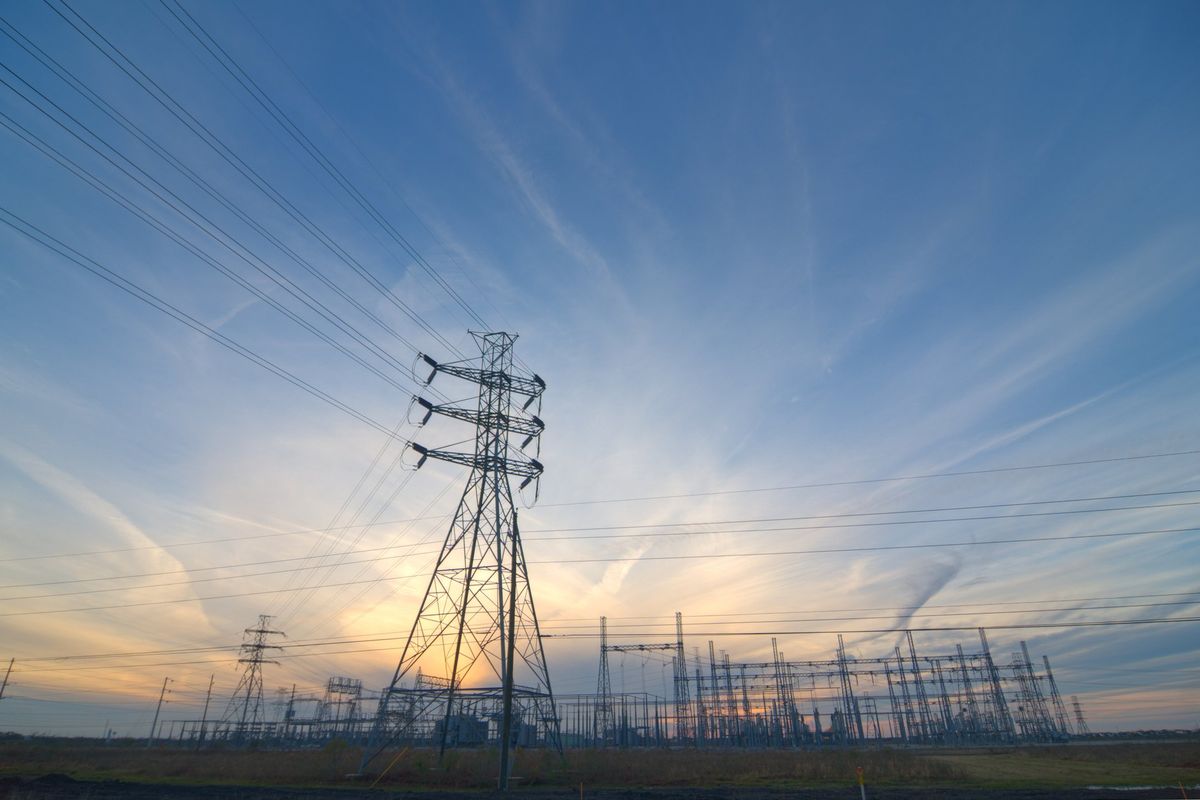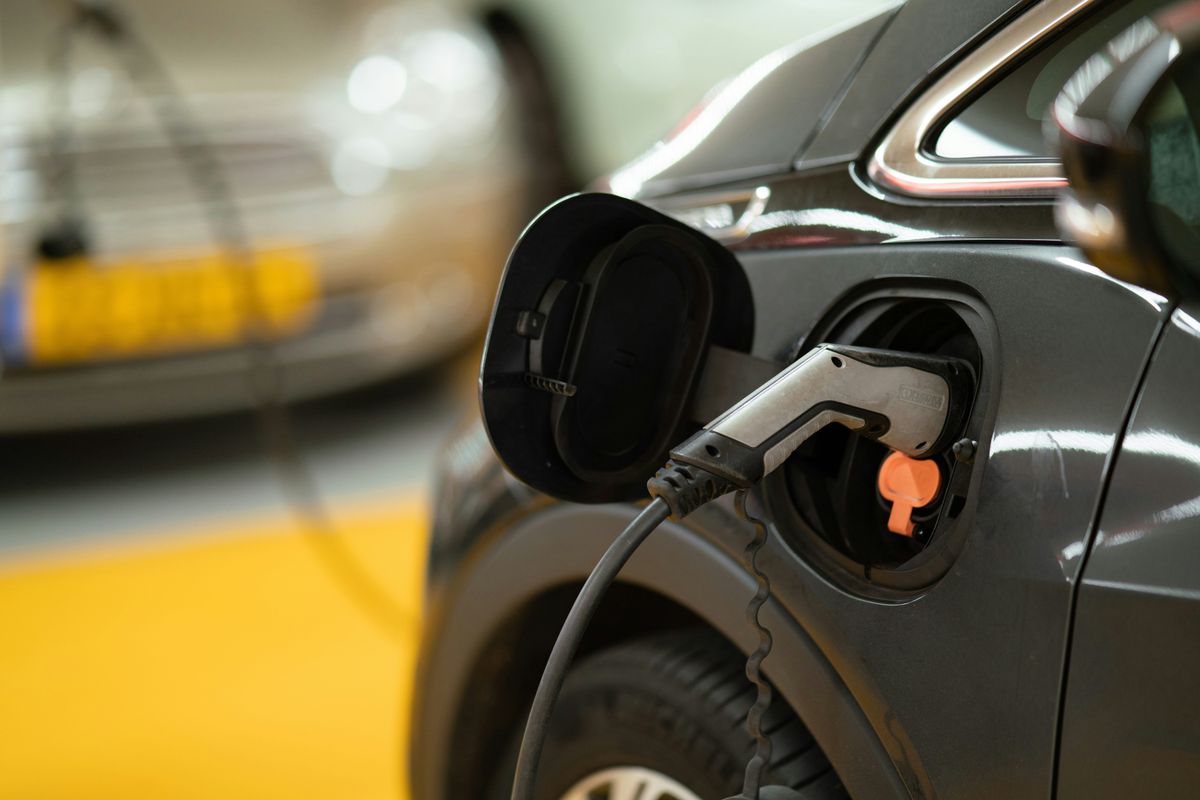This summer’s heatwave had a lot of Texans feeling uncomfortable, and it was not just the sweltering triple-digit temperatures, and even higher heat indexes, that had us sweating. With much of the state hitting over 100 degrees for weeks, air conditioners were working overtime to keep homes and businesses cool. That added load, coupled with general demand growth, put a heavy burden on the Texas power grid — and that puts the state in a precarious position.
We all remember Uri in February 2021, when an inch-thick coat of ice hampered power companies' ability to generate power, leading to widespread and lasting power outages across the state. The recent heat wave, however, was different. This past summer, the concern for Texas and ERCOT (the Electric Reliability Council of Texas) was not whether generation would fail, but whether generation capacity could keep pace with peak demand. And what would be the wholesale electricity price to ensure that it did.
The generation mix
As robust as our electricity grid is, on any given day the balance between power supply and demand remains fairly tenuous. In its summer Seasonal Assessment of Resource Adequacy, ERCOT projected its power-generation capacity at 97,000 MW. However, that daily capacity number can be misleading.
As Texas’ generation mix leans to a greater degree toward renewable power and we retire more coal and natural gas fired generation plants, our generation output becomes less predictable. Operators can practically flip a switch to turn on fossil fuel generation plants and quickly dispatch its power. Renewable generation, on the other hand, is intermittent and its output by no means guaranteed. While the state’s current combined wind and solar generation can potentially deliver up to 30,000 megawatts, if the right weather conditions are not there, neither is the power.
Meanwhile, the demand for power in Texas has increased dramatically. In recent years, we have seen significant population growth, electrification as well as new business expansion throughout the state. Some of the businesses moving here draw huge loads of power from the grid — think about the companies mining digital currency or Elon Musk’s SpaceX facilities in Central Texas, just to name a few. A considerable demand curve increase occurring simultaneously with the move to more renewable generation challenges the delicate balance of the grid.
Trends and lessons learned from the summer’s wholesale electricity pricing
ERCOT manages the flow of electricity across the state of Texas. It also oversees the wholesale bulk power market whereby generators are paid primarily for the electricity they supply to the grid. To incentivize the development of future generating capacity, ERCOT employs scarcity pricing — that means that commodity prices escalate dramatically as supply becomes constrained.
This summer, ERCOT faced unprecedented demand with daily electricity usage frequently nearing generation capacity limits. Consequently, electricity prices were notably volatile, often skyrocketing exponentially.
ERCOT employs a complex series of pricing mechanisms to establish its real-time price for each megawatt. A deep dive analysis (INSERT LINK) found that the Locational Margin Prices, or LMP, were significantly higher than previous years, even when reserve generation capacities were robust and fuel prices were similar to or lower than prior years.
So, what contributed to the higher than usual prices? Certainly, changes to ERCOT operations, market design tweaks, and transmission constraints contributed, but market prices were most driven by generators’ offer pricing curves.
Now, more than four months removed from the start of the heat wave in June, we can see how different various technologies priced their offerings. The data suggests that a segment of resources, notably battery storage, set their offer prices near or at the system-wide offer price cap. Given the anticipated rise of batteries as the primary dispatchable resource within the grid in coming years, this pricing behavior warrants closer scrutiny.
Offer pricing curves appear to have created a semblance of shortage pricing, evident in the heightened LMPs, even when reserve capacities were not especially scarce. This would suggest that a significant portion of the dispatchable capacity integrated into ERCOT was priced at levels typically seen only in grid emergency conditions
Key questions
Why are the recently added dispatchable resources garnering such high offer prices? Are there operational hurdles in integrating and dispatching batteries, challenges in market design, inherent limitations of batteries on the grid, or other factors contributing to these high offer prices from battery resources? Given that batteries are poised to play a central role in the transition to renewable energy sources, answering these questions will be key.
The current pricing trends in the ERCOT market, if sustained, could lead to increased electricity rates and/or increased price volatility for end-users, underscoring the importance of monitoring and addressing these market dynamics.
------
PJ Popovic is the CEO of Houston-based Rhythm Energy.










